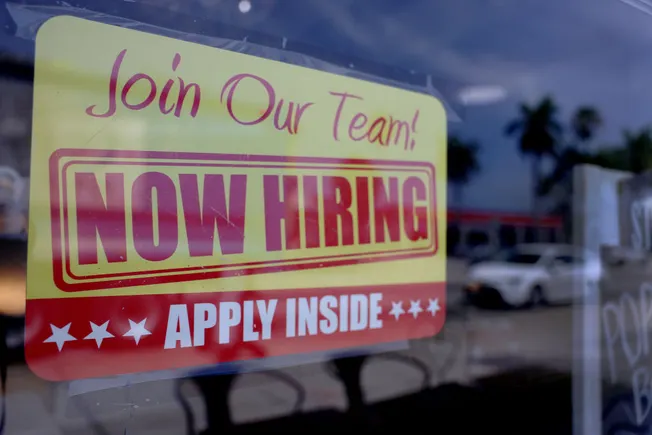Although some worker turnover can be expected, a large proportion can be anticipated and addressed before losing key talent, according to a July 30 report from McLean & Co.
HR teams and managers can follow a customizable framework to identify warning signs, understand root causes and develop targeted retention strategies, the firm said.
“Every employee departure has a story — but too often, that story is only told in the exit interview, or not at all,” Molly Woudenberg, project manager of HR research and advisory services at McLean & Co., said in a press release. “This guide flips that narrative. It equips organizations to identify turnover risk factors earlier and respond with empathy, clarity and action.”
In McLean’s 2025 HR Trends Survey, organizations with low voluntary turnover — defined 10% or below — were significantly more likely to report strong performance against their strategic objectives.
However, most employers tend to rely on ad hoc or informal assessments of worker flight risk, McLean said. Instead, structured assessments can lead to better awareness and earlier intervention.
For instance, McLean suggested considering multifaceted signs of flight risk, such as reduced motivation, increased absenteeism or a drop in performance. These warning signals can stem from root causes such as stalled career growth, low recognition and a lack of trust in leadership.
Instead of simply preventing exits, employers can create conditions that encourage top talent to stay, McLean said. Proactive “stay conversations” can help employers understand what employees need to feel supported and uncover gaps before it’s too late.
HR teams, in particular, can respond with both insight and empathy, McLean said. During turnover risk assessments and conversations, HR professionals and managers can co-create tailored retention plans, including options such as career development opportunities, workload adjustments or flexible arrangements.
HR leaders and managers can also create contingency plans to prepare for talent departure, McLean said, as well as revisit flight risk calculations, especially after major organizational changes.






Leave a Reply